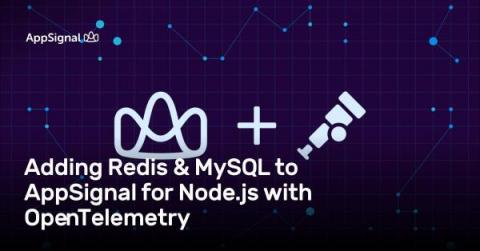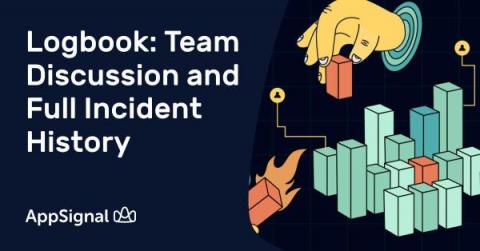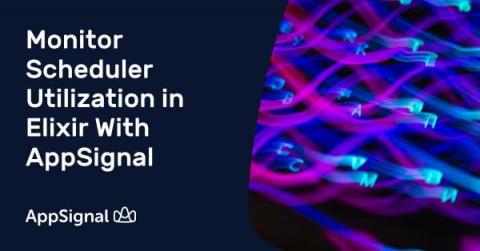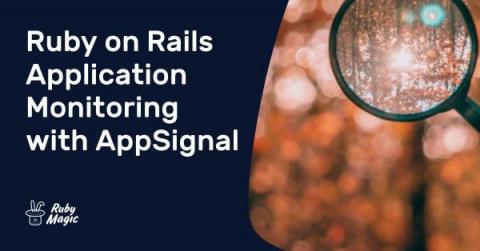Adding Redis & MySQL to AppSignal for Node.js with OpenTelemetry
We've simultaneously launched 4 new integrations for Node.js: Redis, ioredis, MySQL, and MySQL2. This means that you can now see all the details of a query in the Event Timeline and Slow Query screens in AppSignal. Because we are a small and bootstrapped team, we've chosen to embrace OpenTelemetry as a means of expanding AppSignal's offering in the Node.js ecosystem.











